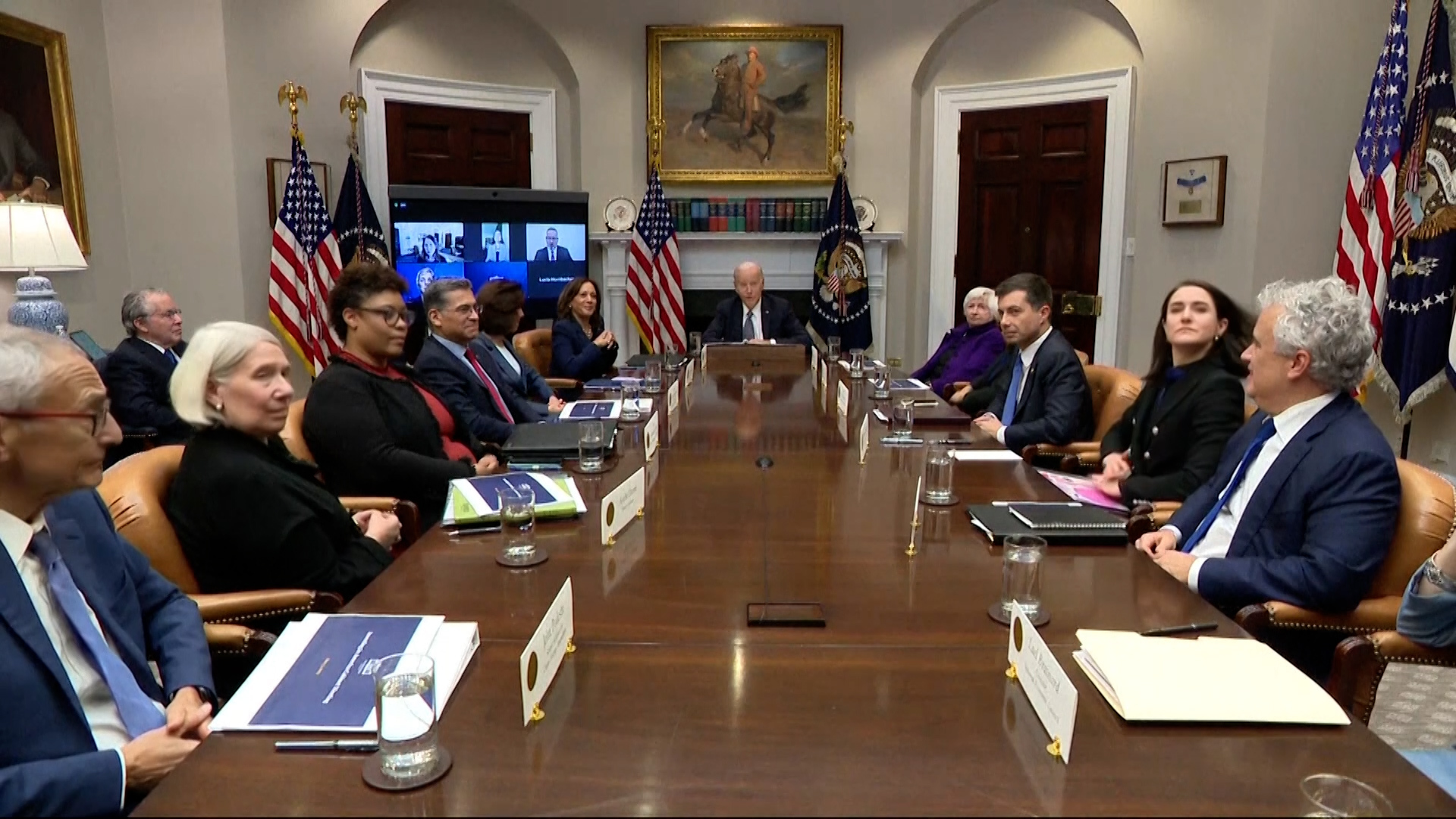The world has become accustomed to the debate between the White House and Congress over the US debt file more than once, but this year disagreements are escalating in an unprecedented way over the maximum debt ceiling.
Republicans, who wield considerable influence and a majority in the House of Representatives, are demanding that the borrowing ceiling be tied to spending cuts and some partisan privileges, but the White House does not want to make any concessions or negotiate a debt ceiling.
As usual, the solution to the debt ceiling problem lies squarely in the hands of lawmakers, but this time there are growing concerns that partisan brinkmanship could lead to America's default for the first time ever.
Meeting without results
A meeting was held on Tuesday at the White House between US President Joe Biden and senior congressional leaders, and ended without any progress indicating that they are close to resolving the debt ceiling impasse, and the two sides agreed to meet again - on Friday - less than a month before the federal government runs out of funds, while negotiations continue between their aides.
The Treasury Department warned earlier this month that the U.S. government could be unable to pay all its bills on time after the first of next month if Congress does not take action.
Earlier, the American newspaper "The New York Times" published a report written by the well-known economic expert and academic Paul Krugman, in which he talked about the "exceptional measures" that US Treasury Secretary Janet Yellen seeks to resort to to avoid that crisis, after the United States exhausted the legal limit of the current borrowing ceiling of $ 31.4 trillion.
The U.S. debt ceiling is the total amount of money the U.S. government is entitled to borrow to meet its current obligations, such as Social Security payments, tax refunds, government debt interest, and national defense.
The traditional solution used by the U.S. Treasury is to issue debt — treasury bills, securities and bonds — to raise funds to be able to run its business and perform its obligations, noting that before 1917 there was no such thing as a "debt ceiling."
This time, the Treasury Department is considering unconventional solutions, trying to resort to alternative tricks to overcome the debt ceiling, so that the Biden administration can fulfill U.S. obligations without cooperating with Congress.
Paul Krugman noted in his report that there are two main tricks that the Treasury Department may use: blueprint bonds and coins.
A trillion-dollar coin mint
U.S. law allows the Treasury Department to issue coins, and gives the Secretary of the Treasury unlimited discretion in the design of these coins. When this law was passed, it was not intended to be used to blackmail political parties to circumvent debt ceiling problems.
The Treasury Department puts forward the idea of minting a $1 trillion coin, then deposits that currency with the Federal Reserve, adding $<> trillion to the Treasury account in the Federal Reserve, and the government can then rely on this account to pay its bills without having to issue new debt.
If the Federal Reserve approves the deposit of this currency, it means that it is giving the government an interest-free loan. But in an interview with the Wall Street Journal, Yellen said the Fed was unlikely to approve such a plan, calling it a "gimmick."
Sale of treasury bills and preferred bonds
If the Treasury resorts to this solution, it will be as usual by selling treasury bills, securities and bonds, and these securities combine the face value - the amount that will be paid when the bond matures - with an interest rate voucher, and paid twice a year.
Banknotes and bonds are sold at auction, and all securities offered are often covered.
In the end, the author asks: Can the US administration really use these tricks and methods? "We put an additional choke point, before 1917 there was no such thing as a debt ceiling," he replies.

